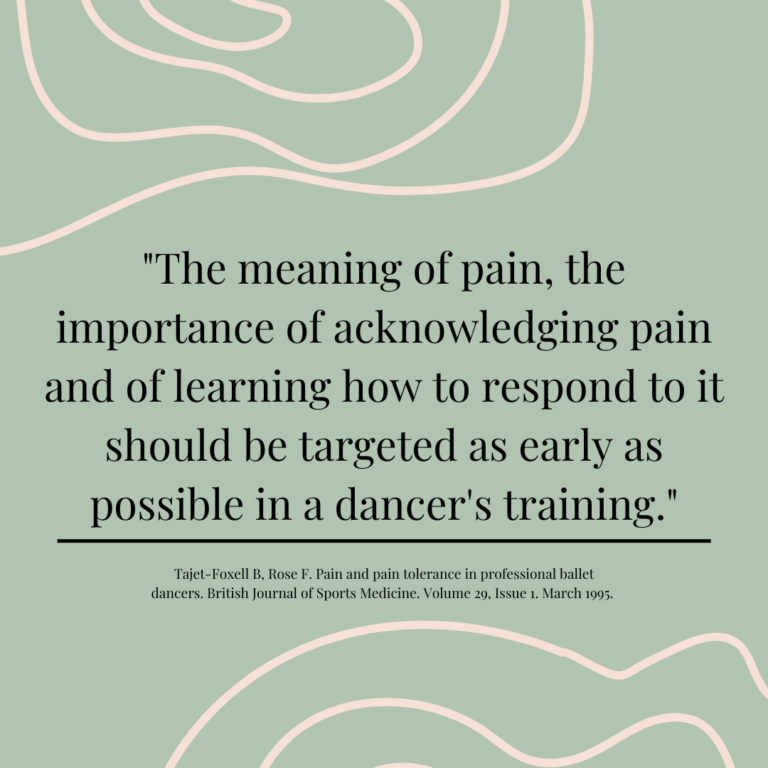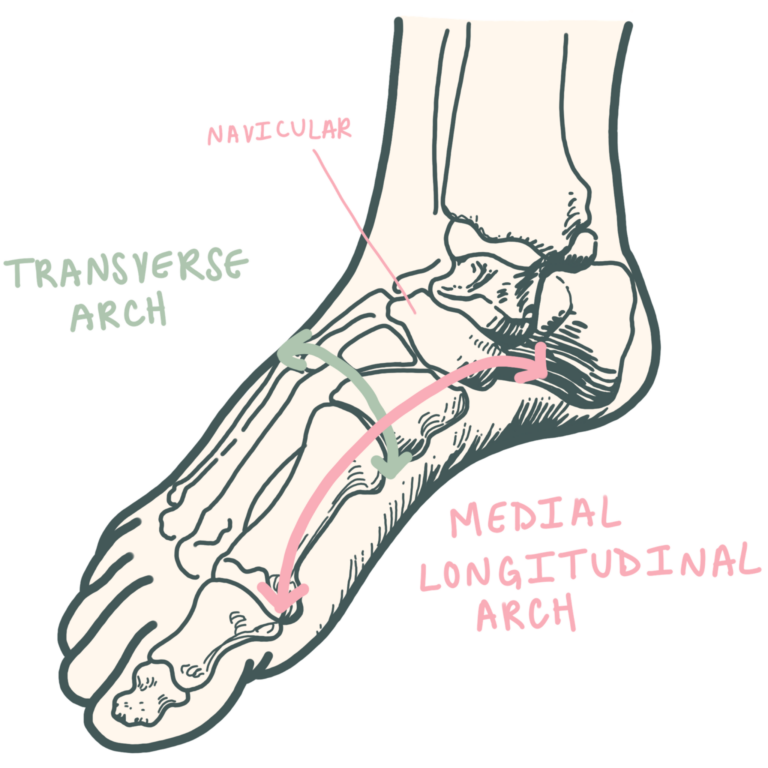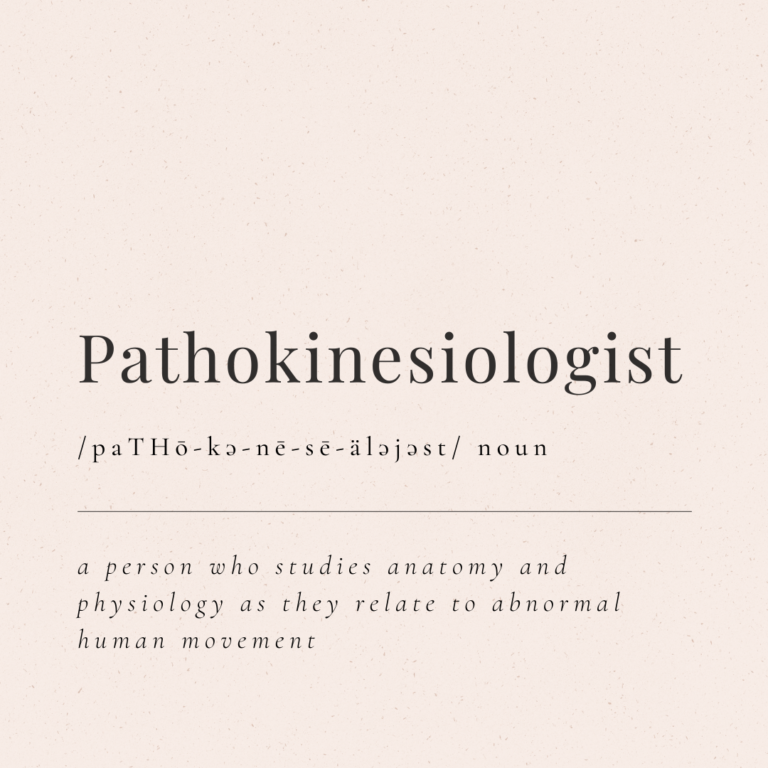Given that it’s *spooky season*, this month I want to discuss *dead* pointe shoes. It’s no secret that pointe shoes can be bloody expensive, ranging from $50-$125 per pair. Like all shoes, pointe shoes have a lifespan. In dance there are multiple contributing factors to understanding the lifespan of a dancer’s pointe shoes. This includes how many hours they spend rehearsing or training en pointe, if they are pre-professional or professional level, pointe shoe brand, and the unique characteristics of their repertoire (example: rehearsing a variation where the dancer is routinely practicing fouettés just to the right side). We know runners should change their shoes every 300-400 miles to reduce their risk of injury, but the exact lifetime of a set of pointe shoes is unfortunately not well studied. Several sources online agree that a “normal” lifespan may be 10 to 20 training hours.
Research shows that as pointe shoes get worn down, the normal joint movements in the foot and ankle are disrupted and compensation techniques are used. The softer the pointe shoe, the less support is provided to the foot and ankle, and the more at risk a dancer is for a lower extremity injury. Pointe shoes most commonly show wear in the toe box and then the shank. As the materials soften and deteriorate, the structural integrity of the shoes change.
One study investigated how dead pointe shoes impacted joint alignment in the foot. Fifteen professional ballet dancers from the United Kingdom completed a series of bourreés in new and old pointe shoes over force plates with sensors attached to their legs and feet. The study found less metatarsal support and excessive stretching of the metatarsal ligaments resulting in greater mid-foot flexion en pointe. In other words, they found “curling” of the metatarsal joints from sinking in the dead pointe shoes. The study also found greater amounts of ankle plantarflexion in dead pointe shoes versus new shoes.

Another study I came across analyzed the center of pressure and area of sway en pointe in 13 professional ballet dancers wearing new and old pointe shoes. The dancers completed three trials of relevé, sous-sus, and single pirouettes in both pairs of their pointe shoes on a force plate that tracked changes in the center of pressure. The results come as no surprise. A significantly higher sway area was observed in dead pointe shoes for all three movements, indicating greater movement compensation techniques were used to maintain balance.
85% of all dance-related injuries occur to the lower extremity, with the most injuries being at the foot and ankle. A dancer’s risk for muscle fatigue, ankle sprains, and falls increases the softer and more “dead” the shoe is. A worn shank provides less support to the foot en pointe, creating greater amounts of ankle plantarflexion and mid-foot flexion (such as “sinking” or “curling” in the shoe). A worn toe box makes balancing en pointe more difficult and requires dancers to use compensatory techniques to stay upright.
Here are five thoughts I have on reducing injury risks for dancers en pointe:
- Make a pointe shoe lifespan timeline. Document the date when you first wear a new pair of pointe shoes, when you first start to notice softening of the toe box or shank, when you make any alterations to the shoe (hello, Jet glue), and when you retire the shoes. Keeping track of the shoe’s lifespan is helpful in recognizing patterns of wear and knowing when to purchase new pointe shoes before the ones in use get too dead… The same can be said for toe pads or other foot protection you use.
- Properly store your pointe shoes. Pointe shoes degrade faster in humid conditions and need time to dry out between wears. Storing pointe shoes in a dance bag, while convenient, may cause them to wear down faster. Storing them attached to the outside of a dance bag is also not the safest place to dry them out, as they may be exposed to inclement weather. I recommend taking them out of the dance bag and letting them air out at home- just don’t forget to bring them back to the studio!
- Take note of areas of discomfort. Do you have any areas that feel newly uncomfortable when you’re wearing your pointe shoes? Are your shoes getting more or less comfortable with time? Documenting areas of discomfort can help guide future pointe shoe fittings based on what your unique anatomical needs are.
- Alternate shoes. If you can, I would recommend getting two pairs of pointe shoes and alternating them each wear. Alternating between two pairs of shoes prolongs the training conditions, whether it be in class or rehearsing for a performance. Switching shoes allows the body to get accustomed to the pointe shoes over a longer period of time. This means fewer changes in sensation and ability to feel the floor from switching to firm new shoes from soft dead shoes. Some dancers go as far as switching the shoes on each foot to even out wear patterns, which does help with the pointe shoe longevity, but I imagine it would change the center of pressure within the toe box and require those compensatory techniques related to injury. Moral of the story: if you can afford to, try buying two pairs of pointe shoes and alternating them each time.
- Get refitted for pointe shoes regularly. I recommend mature dancers be refitted annually (at least) for pointe shoes at the start of each season. Dancers that are expecting should be refitted for pointe shoes following their pregnancy. Young and growing dancers should be refitted every time they need new pointe shoes. Each year it’s beneficial to address where our body is and changes to our strength and flexibility. However your feet are doing this year, reassessing your body’s needs is crucial to reduce the risk of future injuries and to help you perform at a high caliber!
As always, if you have pain when you dance: please consult a licensed physical therapist or health care provider.
References
1.) Aquino J, Amasay T. Biomechanical Comparison of “Dead” and “New” Pointe Shoes in Female Professional Ballet Dancers. The Sport Journal. Feburary 2019.
2.) Bickle C, Deighan M, Theis N. The effect of pointe shoe deterioration on foot and ankle kinematics and kinetics in professional ballet dancers. Human Movement Science. 2018.
3.) Li F, Adrien N, He Y. Biomechanical Risks Associated with Foot and Ankle Injuries in Ballet Dancers: A Systematic Review. International Journal of Environmental Research and Public Health. April 2022.



